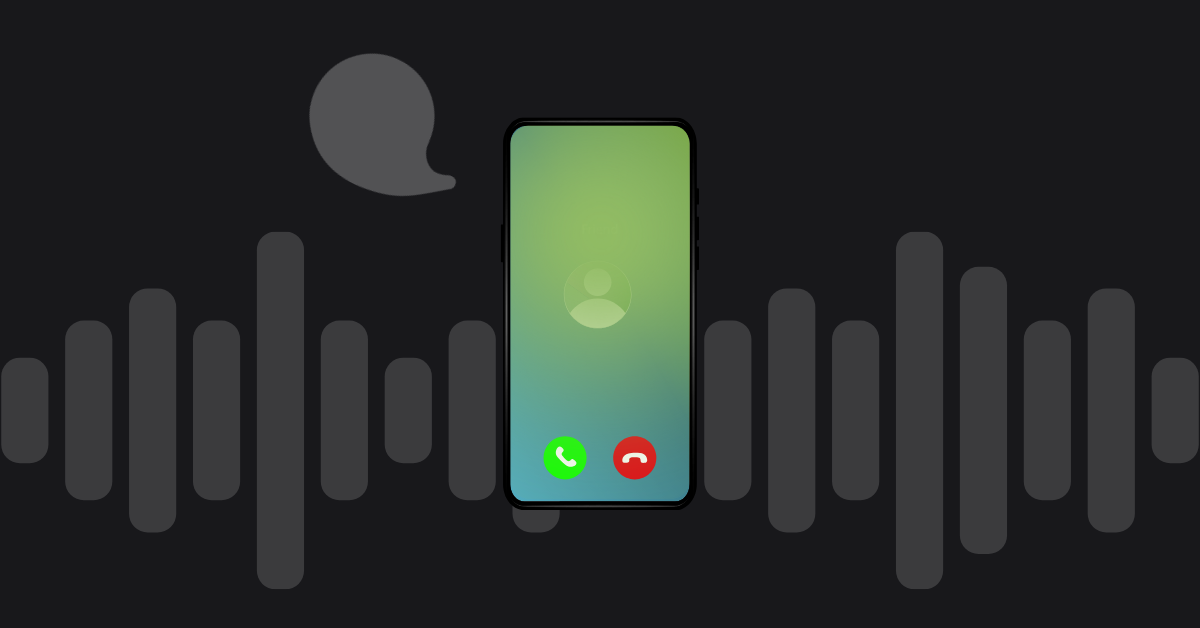
Table of contents
One of the biggest stumbling blocks to widespread adoption of VoIP has been the difficulty of integrating the VoIP networks with emergency services calling.
A huge benefit of VoIP is that calls can be made from any device or location. It means users can easily switch between multiple devices or make calls from the same number even when they are traveling.
However, this very benefit makes it difficult for VoIP services to support emergency services calling and makes it a bit hard to give a good answer to the question of it is possible and how to make emergency calls on VoIP.
Technical Challenges of Emergency Calling on VoIP
Location Is Important
Traditional landlines have a location associated with each number that is not easily changed because the instrument is not portable.
When a call is made to emergency services, the operator generally asks for the address. However, in some cases, the caller may be unable to provide an address – because they don’t know the location or they are incapable of speaking etc.
In such situations, the operator is able to extract the address and give directions to emergency responders such as police or fire services.
Lack of Power
VoIP phones do not supply their own power unlike regular landline instruments. So if the power is knocked out for any reason, emergency calling may not be possible.
Enterprise users generally provide for power backup in these situations but most consumers will not have such alternatives in place.
This is not a big issue for mobile phones since generally people are used to checking on the phone’s battery regularly but everyone is used to landlines that do not require emergency backup.
Help! The Internet Is Down!
In most places around the world, the Internet service is not as reliable as the phone service.
Emergency calls cannot be made from VoIP phones if there is no Internet connectivity for any reason whatsoever.
Location, power and Internet connectivity are the three main reasons why VoIP providers are unable to guarantee emergency calling on their services.
E911 or VoIP Emergency Calling
VoIP endpoints are identified by IP addresses rather than phone numbers. VoIP numbers are portable, so they do not have your location associated with them.
Since geolocation is disabled, emergency operators will be unable to get an address in case of a ‘silent call’ i.e. where the caller is unable to communicate the address or otherwise incapacitated.
This limitation has plagued VoIP services for a long while but recently, many operators have instituted E911 calling which is the VoIP equivalent of standard 911 dialing.
Given that VoIP networks are becoming more widespread and that they will likely replace copper line networks over the next couple of decades, regulatory bodies have also placed stringent requirements on VoIP services regarding connectivity to emergency services.
You can learn about E911 VoIP emergency calls here.
How To Make Emergency Calls On VoIP Using VoIPstudio
VoIPstudio is one such provider that now offers emergency calling services on their network. So how did they solve the problem?
Since identifying location was the biggest obstacle, users of VoIP Studio have the option of manually entering their location in the user settings panel (in the USA and UK).
Although location is automatically populated for all users on the basis of the address given in the company profile, additional locations can be added for individual users.
Once the address has been verified, emergency services calling is activated. In the UK, users can contact emergency services by dialing 999. In the case of a silent call, the operator can easily pull the location information from the VoIP database and provide directions to first responders.
The ability to manually set the location will be incredibly useful for organizations whose staff is temporarily or permanently assigned to various locations throughout the world.
Traveling executives or salesmen, project teams that are temporarily working from a client site, or technicians operating from remote locations can all benefit by the ability to call emergency services in whichever country they are presently in.
Since the location settings can be easily modified through the online dashboard, the administrator can provide the new address even if the user forgets to change their location.
The ability to change addresses remotely can be invaluable especially in situations where the user may not yet know their new address. For example, suppose an executive has just moved from the US to London to head their new office in that location.
Even if the executive does not know the new address, their location can be set remotely so that emergency services remain accessible.
Since VoIPstudio provides enterprise service, lack of power is generally not a concern for business organizations.
However, lack of Internet connectivity would still hamper emergency calling and customers are advised to use their mobile phones to dial the emergency number should such a situation occur.
Even the problem of Internet connectivity will eventually be solved as Internet penetration increases globally. Until then, it is heartening to see that VoIP providers are tackling the issues of emergency calling head-on and offer immediate solutions for users.
More from the blog
Want to improve your business communication?
Unlock enterprise-class call center power at affordable prices – no hardware, no delays, no surprises!






